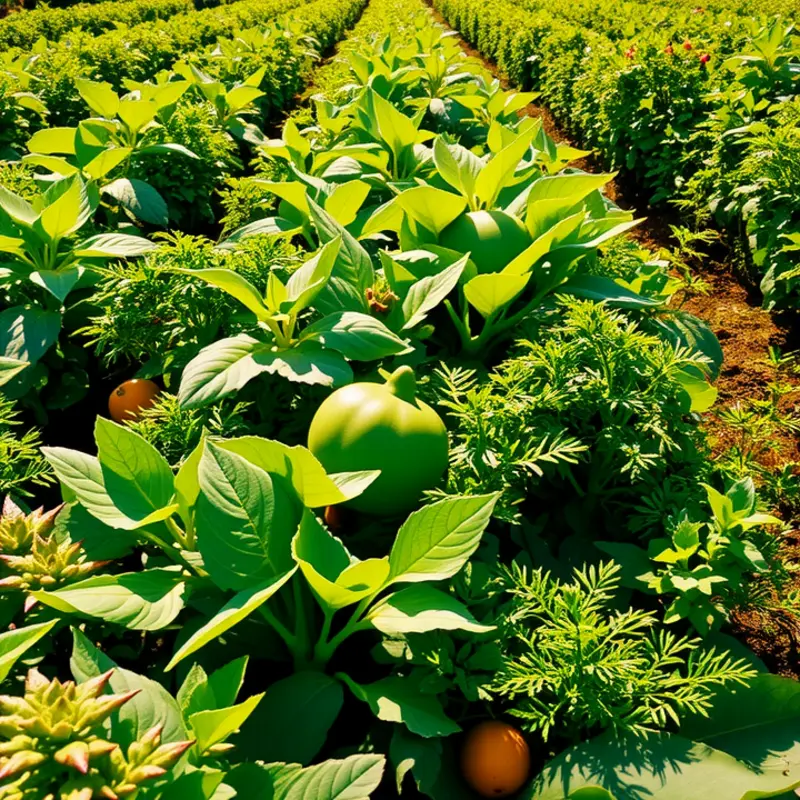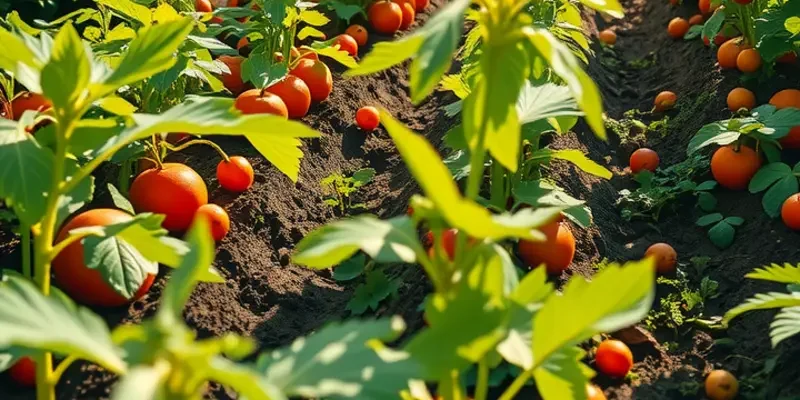Texture can make or break a sauce, and getting it just right can elevate any dish. Whether it’s a silky hollandaise, a creamy Alfredo, or a hearty marinara, understanding how texture influences flavor and mouthfeel is crucial for home cooks. This guide provides insights into achieving the perfect sauce textures, catering to all skill levels. With practical tips and basic techniques, you’ll find yourself confidently experimenting and enhancing your culinary skills.
Understanding Sauce Textures: The Basics

Exploring the world of sauce textures opens a gateway to enhancing culinary experiences. Sauces can elevate dishes by adding depth, richness, and moisture, all significantly influenced by their texture. Understanding the basics of sauce textures is crucial for home cooks aiming to create memorable meals.
Sauce textures fall into broad categories like smooth, creamy, and thick. Each of these textures impacts not only the visual appeal of a dish but also its flavor delivery. Smooth sauces like velouté, are often silk-like, providing a polished finish that complements delicate proteins like fish or chicken without overwhelming them. The smoothness results from processes such as fine straining or gentle whisking.
Creamy sauces, including bechamel or alfredo, offer a luxurious mouthfeel that coats the palate. Creamy textures usually stem from incorporating dairy or a dairy substitute, slowly heated and whisked to avoid curdling. This texture is perfect for draping over pasta, enriching each bite with buttery richness.
Meanwhile, thick sauces like a classic barbecue or hollandaise, provide a robust body that clings enticingly to meats and vegetables. Achieving thickness often involves reduction, a method where water content is evaporated through simmering, concentrating both flavors and textures. Another way to thicken is through agents like cornstarch or roux, adding complexity and a firm hold.
Mastering these textures involves understanding and applying different techniques. Whisking or blending can break down ingredients to create unblemished smoothness. Reducing over low heat helps thicken sauces naturally, while developing rich flavors. Emulsifying—the process of combining liquids that typically don’t mix, like oil and vinegar—creates a balanced texture, critical for sauces like vinaigrettes and aioli.
Here’s a list of common sauces and their characteristic textures, along with ideal culinary applications:
- Tomato Sauce: Can be smooth or chunky, best suited for pasta and pizza bases.
- Béarnaise Sauce: Rich, thick, and buttery, ideal for steaks.
- Pesto: Smooth with a hint of texture from nuts, perfect for pasta or as a topping.
- Velouté: Silky and smooth, great for poultry or seafood dishes.
As you experiment with these textures, consider sustainable cooking practices. For instance, reducing waste by properly storing your prepared sauces is essential. Visit this guide on safer storage of sauces to ensure your creations maintain their flavor and safety over time.
In perfecting sauce textures, the approach taken can set your dish apart. Harnessing these techniques will enable you to experiment creatively and confidently, tailoring each sauce to its role on the plate while elevating your meals to restaurant-quality experiences. By continuing to explore more refined textures and innovative combinations, your culinary journey is just beginning.
Techniques for Achieving the Right Texture

Achieving the perfect texture is crucial to creating a sauce that complements and elevates any dish. Texture influences mouthfeel and the way flavors coat the palate, making it an integral part of culinary success. Here, we’ll explore practical methods to refine sauce textures step-by-step, ensuring your sauces are a memorable part of your meal.
Firstly, let’s discuss emulsification, the technique of blending two immiscible liquids like oil and vinegar into a cohesive, creamy texture. To master this, start by whisking your acid (like lemon juice or vinegar) with a mustard or egg yolk, which acts as an emulsifying agent. Slowly drizzle in your oil while whisking vigorously. It’s essential to introduce the oil gradually and whisk continuously to prevent separation. If the mixture begins to break, add a teaspoon of water and whisk rapidly to bring it back together.
Reduction is another critical technique for thickening and intensifying flavors. Allowing a sauce to simmer slowly reduces its volume, enhancing the taste and achieving desired thickness. Maintain a gentle simmer, stirring occasionally to prevent sticking or burning. Use a wide-bottomed pan to increase surface area for quicker reduction, but be mindful of the sauce boiling too rapidly, as this can lead to unwelcome bitterness.
Thickening agents like flour or cornstarch are traditional methods to adjust sauce texture. For a roux-based thickening, begin by cooking equal parts fat (such as butter) and flour until golden. Then, add liquid while whisking continuously. This method is ideal for creamy sauces like béchamel. Alternatively, for transparent sauces, a cornstarch slurry is suitable. Mix equal parts cornstarch and cold water until smooth, then add to your simmering sauce. Heat until it reaches the desired consistency.
Successfully troubleshooting textures requires practice and patience. If a sauce is too thin, try further reduction or add more thickening agent. Overly thick sauces can be adjusted by stirring in additional liquid, such as broth or cream, while reheating. Grainy textures often arise in cheese sauces; avoid this by gradually melting cheese over low heat, ensuring it’s fully incorporated before adding more.
Encourage your culinary creativity by experimenting with these methods. Remember, texture can transform a dish from ordinary to extraordinary, impacting the whole dining experience. If you’re interested in refined simmer techniques, this easy sauce simmering guide offers additional insights, enhancing your sauce-making skills.
By mastering these techniques, your sauces will not only taste delectable but also achieve that perfect texture that leaves a lasting impression.
Final words
Mastering the texture of your sauces can dramatically enhance your cooking experience. By understanding the fundamental differences in sauce types and employing techniques like emulsification and reduction, you take your dishes to a new level of flavor and satisfaction. Remember, cooking is about exploration and enjoyment, so don’t be afraid to experiment with different textures. With practice and patience, you’ll create sauces that are not only pleasing to the eye but also a delight to the palate. Embrace these tips, and let your creativity flow in the kitchen!







